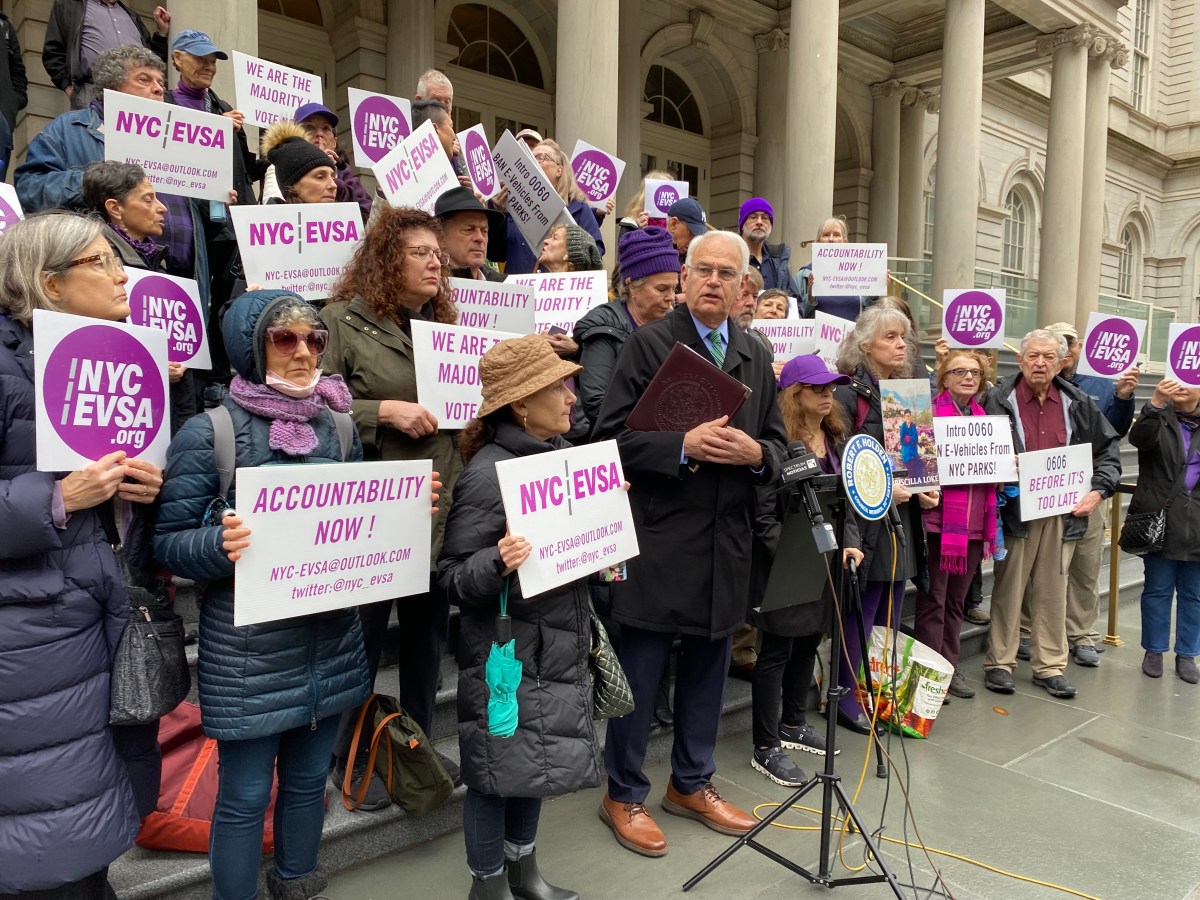By Joe Anuta
A commission is set to host next week the only public hearing in Queens on the once-in-a-decade process of redrawing the City Council’s district lines.
The public forum is scheduled for Tuesday at the Flushing branch of the Queens Public library from 5 p.m. to 9 p.m. and will give residents and civic organizations a chance to express their views about how district lines should change as a result of population growth cataloged in the 2010 census.
Some neighborhoods have already felt the effects of redistricting in years past.
“Richmond Hill and South Ozone Park are probably the best examples of how communities can be disenfranchised by redistricting,” said Jerry Vattamala, of the Asian American Legal Defense and Education Fund.
Those neighborhoods, home to a large South Asian enclave, are split into several different Council districts, Vattamala said, effectively sapping the voting power of the community as a whole.
“In Queens, that is probably the community we would consider needs the most work to get on equal footing,” he said.
According to the laws governing the redistricting process, districts should house a cohesive community while keeping a contiguous shape.
Each district is about 160,000 people, though the smallest and largest out of the 51 Council districts can vary in population by 10 percent.
In contrast to the state redistricting process, where each house of the Legislature redraws its own lines, the city has a panel made up of appointees from bipartisan sources who create the new map.
In the city’s case, Mayor Michael Bloomberg, Council Speaker Christine Quinn (D-Manhattan) and Councilman James Oddo (R-Staten Island) all picked representatives for the 13-member panel.
Their plan is to be made public Sept. 5, although hearings will be held in each borough beforehand.
The spike in the Asian population across the city could play a large role, according to Vattamala and the defense fund.
In Queens, there has been a 0.1 percent increase in the overall population since 2000, but a 31 percent increase in the Asian population, which now makes up 22 percent of the borough, according to census data on the defense fund’s website.
The fund has typically advocated for lines that keep communities together, especially many of the immigrant or minority communities in the borough that before were split.
After each round of redistricting on the city, state and federal levels, the fund puts out what it calls Unity Maps, according to Vattamala, which seek to instead group communities together.
“We put forth our maps to try and keep communities together in the hope that it could enfranchise voters and residents,” he said.
Reach reporter Joe Anuta by e-mail at januta@cnglocal.com or by phone at 718-260-4566.




































